A virtual tour of an engine workshop
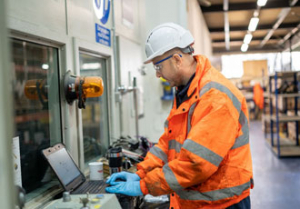
Engines from all over the world arrive at DiPerk’s workshop in Peterborough to be maintained, repaired and overhauled. So, what happens behind the scenes? Here, Mark Prentice, Workshop Manager at DiPerk Power Solutions, explains the journey an engine takes in the workshop.
The first thing to note is that there is no such thing as a standard engine for all applications. Whether they’re used in marine, pleasure craft, power generation, agriculture, industry or construction, engines come in all shapes and sizes. Some weigh only a few hundred kilograms while others weigh dozens of tonnes, or more.
During its lifetime, an engine typically needs three types of attention. It must undergo periodic maintenance to keep it running efficiently and repair work to replace any damaged or worn parts. Finally, once it reaches the end of its specified lifetime, a complete overhaul can breathe a second life back into it for many more years in the field.
The strip bay
The journey starts when a customer contacts us by phone or email and arranges for an engine to be shipped to us, or we arrange for it to be picked up by a pallet system. On arrival at the workshop, it is brought into the strip bay, where it is initially assessed. Depending on what the customer needs, the engine may arrive as a complete, assembled unit, other times it can turn up as a box of disassembled parts.
In the strip bay, our engineers use a checklist and strip sheet to assess the engine from top to bottom, disassembling and logging everything down to each nut and bolt. This is a crucial step especially for investigating faults and, if an engine has been sent to us for warranty work, where a full itemised list of parts is a necessity.
Diagnose and treat
Once an engineer has assessed the engine, they diagnose the fault and produce a full colour report for the customer with images and recommendations of the work that needs to be carried out, along with a quote for the cost of the work. Recommendations could include replacement or repair of standard components including cylinder head, block or crankshaft as well as bearings, valves, water pumps and any number of other parts that make up the engine.
Depending on what the customer needs, sometimes the engine arrives as an assembled unit, other times it can turn up as a box of disassembled parts. Once we have the green light from the customer, we carry out the requested maintenance, repair or overhaul work. This also includes activities such as pre-delivery inspections for new engines, or application specific works such as creating bespoke thermostat housings, water treatment systems, custom engine brackets, extra wide wiring looms, reconfiguration of sumps or filter assemblies and much more.
Each of these activities takes place in staged areas in the workshop, where specialist engineers carry out each step. As an authorised Perkins expert, all of our engineers have standard City & Guilds NVQ Level 3 or BTEC qualifications as a minimum, which is supplemented by Perkins in-house training. We also offer training on our website, which means we can train customers where necessary.
Customers come to DiPerk for a variety of reasons, not least because we use the latest manufacturer manuals for all our work, ensuring that we use up-to-date service letters and the most recent parts bulletins. We also use genuine Original Equipment Manufacturer (OEM)-approved parts in all our builds, with a twelve-month warranty from the date of purchase. Although you’ll rarely need it, our labour is also guaranteed and is supported by our nationwide team of field service engineers.
The test cell
Once an engine build is complete, it spends up to eight hours in a live test cell. Here, it runs on a dyno in the workshop to make sure it runs within the specification, allowing up to ten per cent tolerance for older engines. Regardless of age, once overhauled, our engines go back out into the field to a “like-new” standard.
This idea of “like-new” is really important because for many applications, including industrial forklifts and drilling rigs, the machine is built around the engine. This means that when an engine reaches the end of its life, if the same engine is no longer sold, the user can’t simply replace it with a newer model. Trying to integrate a new engine model into an existing application could require significant re-engineering of the machine to fit it around the new engine, which may not even be possible.
In these circumstances, knowing that you have an overhauled engine that will deliver the same performance as a new engine, at a fraction of the cost, is reassuring to say the least. Trying to integrate a new engine model into an existing application could require significant re-engineering of the machine to fit it around the new engine, which may not even be possible.
The spray booth
Before going back out into the world, our engine builds receive a fresh coat of paint in our dedicated spray booth. This not only makes the engine look good, but it can also add a functional surface coating to protect against rust.
Similar articles
More from DiPerk
- A virtual tour of an engine workshop 22nd March 2021
- The efficient way to maintain engine health 13th October 2020

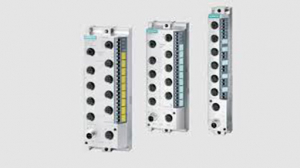
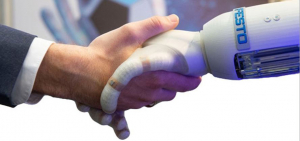
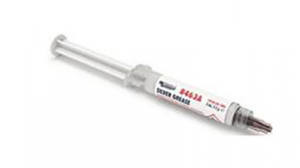
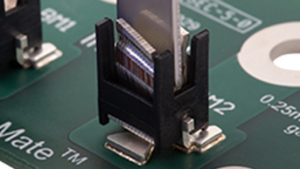







Write a comment
No comments